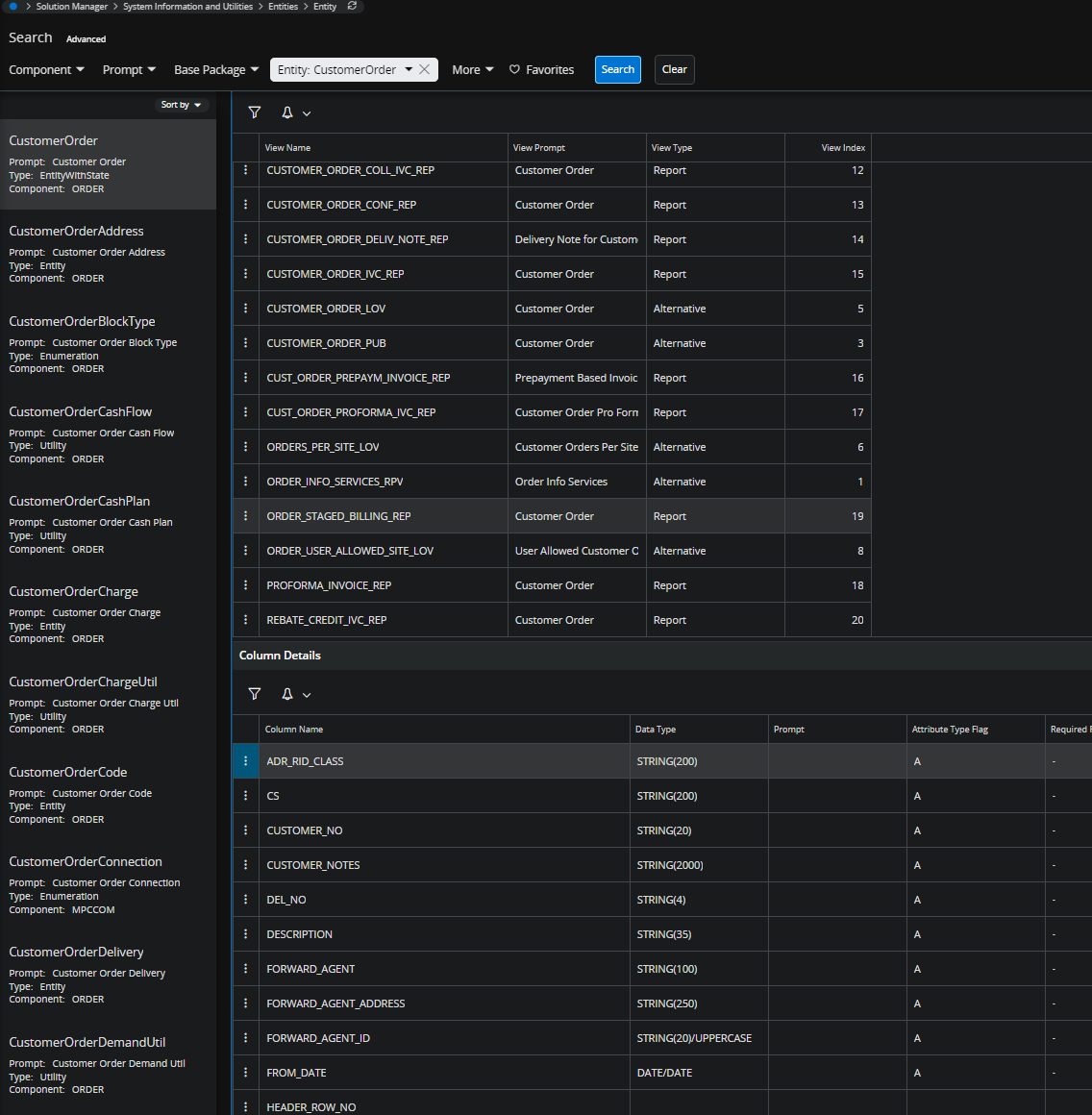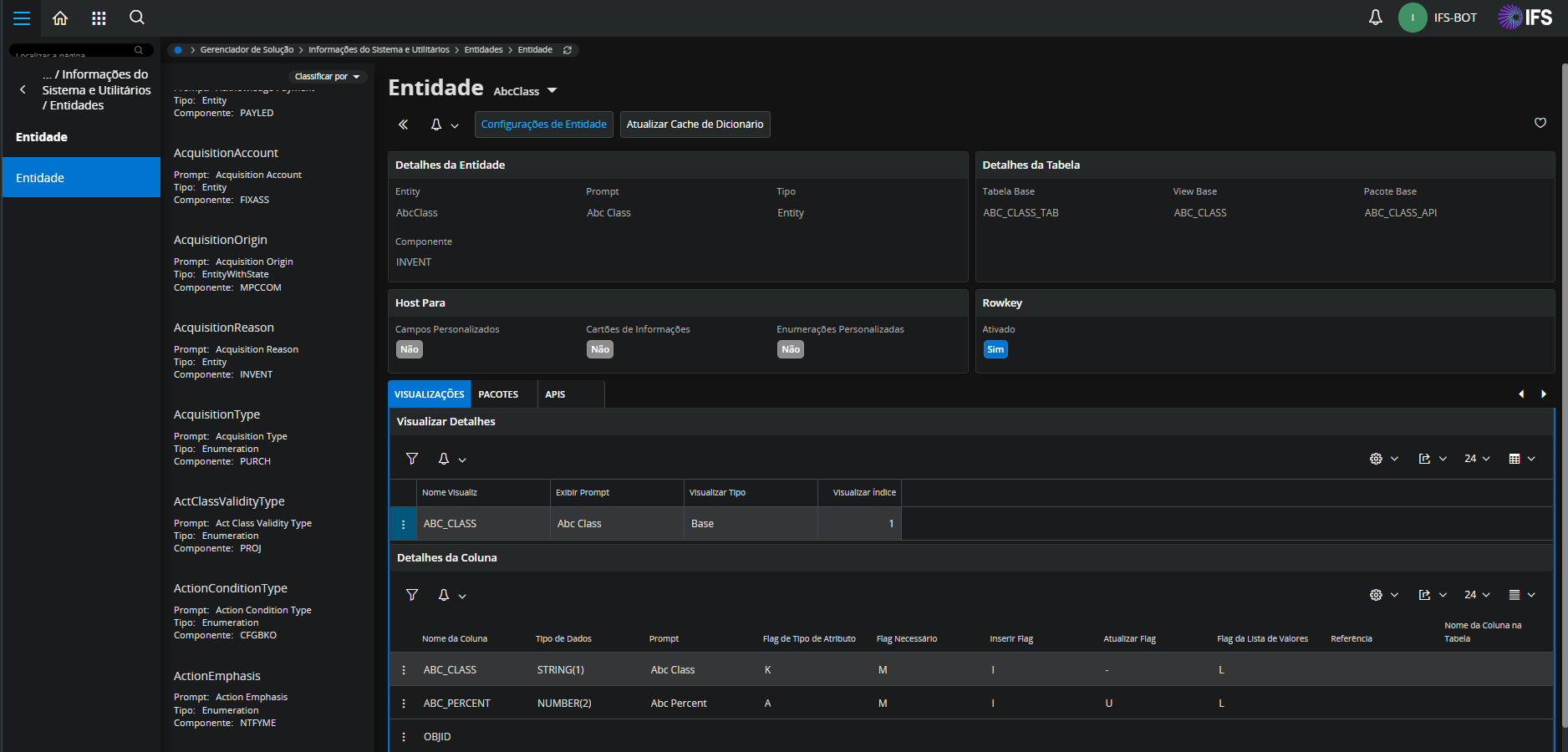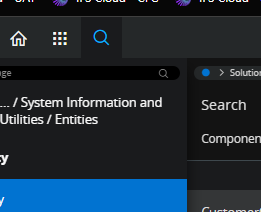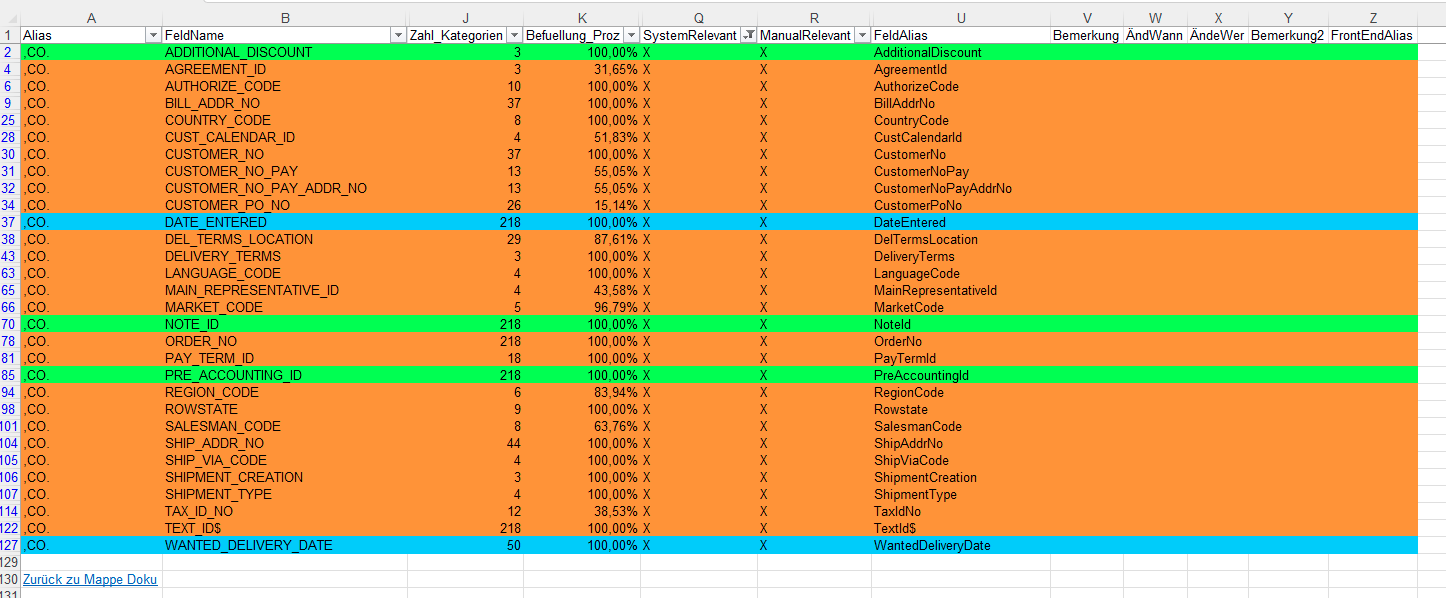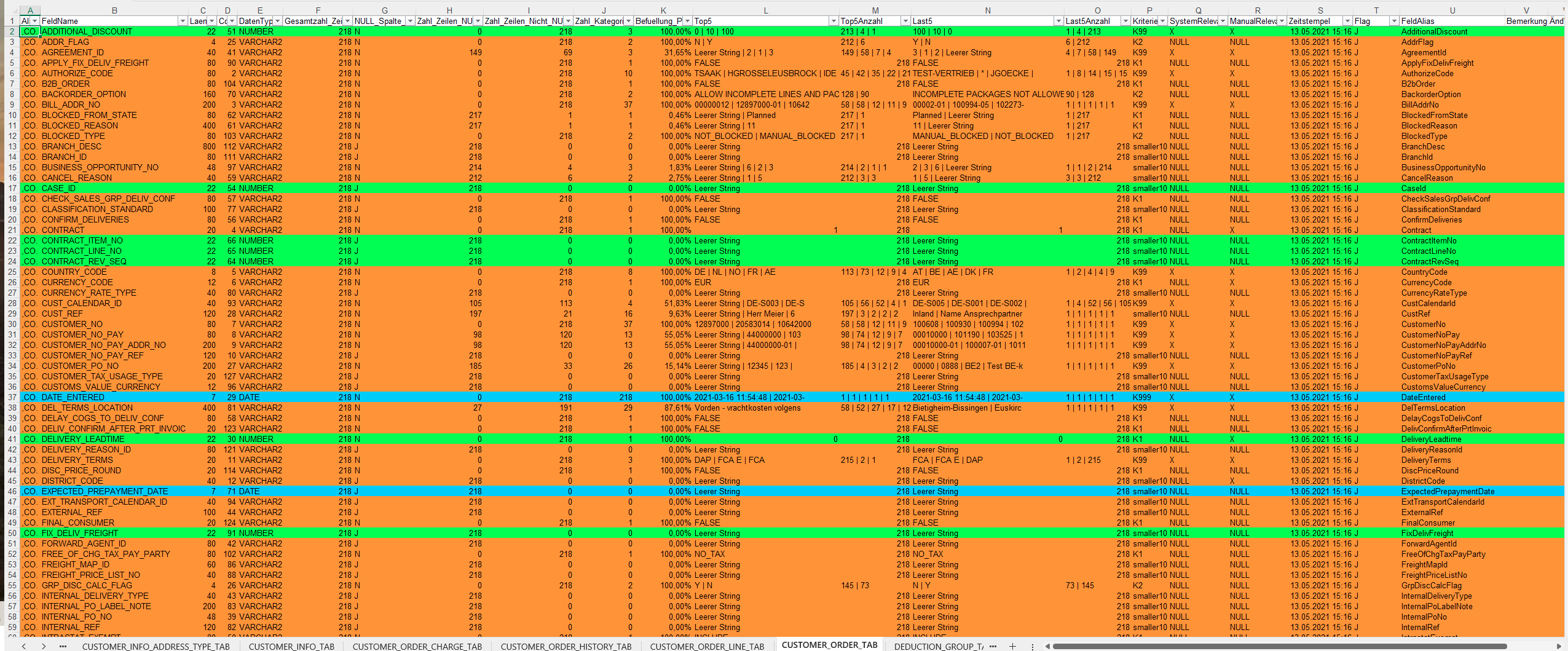Hi, community
On IEE we could see the name of the view and sql colunm by opening the system information menu. I know that I can see the name of the view if I bring up the page info menu, but I can’t see the colunm names. Does anyone knows how to get the sql colunm names on IFS Cloud?
Thanks!
Cruz



